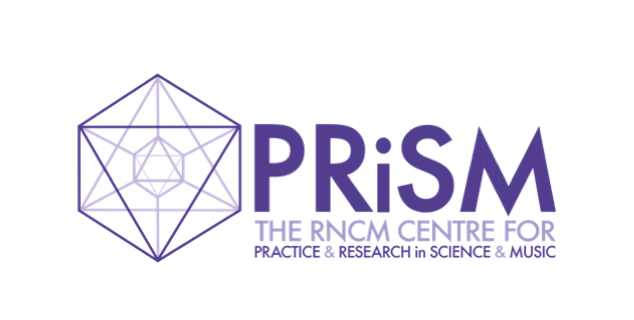Uptake
PRiSM 8³ | Multiscale modelling of drug transport and metabolism in liver spheroids
Composer: Anna Appleby, RNCM
Scientist: Professor Rachel Bearon, Professor of Mathematical Biology, The University of Liverpool
‘Uptake’ is based on a publication Multiscale modelling of drug transport and metabolism in liver spheroids (Leedale et al., 2020). New drugs are tested for toxic side effects in the laboratory using isolated cells. These toxicity tests traditionally involve cells cultured in a flat, 2D environment. However, emerging experiments where cells are cultured in 3D (e.g., cell “spheroids”) have been shown to more closely resemble the functionality of cells within the body. While the increasing usage of spheroids represents more realistic biology, the underlying physical processes of what happens to the drug in these environments is not fully understood.

Figure 3. Multiscale modelling of drug transport and metabolism in liver spheroids (Leedale et al., 2020).
Mathematical models are useful tools for interpreting biological data and explaining behaviour by providing detailed descriptions of underlying system processes that can be simulated in a variety of conditions on a computer. These models can quickly and efficiently simulate hypotheses and make predictions about the biological system of interest.
Leedale et al. (2020) investigated how mathematical models could be used to simulate the activity and transport of drugs in liver spheroids in order to inform experimentalists on how best to use these 3D culture systems to test for toxicity. Their model shows how cell membrane transport processes and spheroid porosity affect drug penetration, with a predicted maximal disparity between rates of drug metabolism in different regions for drugs of intermediate capacity for cell membrane permeation.
Rachel and Anna met several times in Liverpool and discussed which parts of the paper would be most applicable to music and most engaging for an audience. At first they considered reflecting the ‘levels of reality’ aspect of the research, where mathematical modelling leads to in silico simulations (computer modelling), then to in vitro simulations (injecting a drug into spheroids which are spherical clusters of cells), and finally to clinical trials in people.
Something seemingly removed from emotional context (mathematical modelling) can lead to a patient’s life being saved. This ‘levels of reality’ aspect seemed quite difficult to translate into a 5-minute piece of music so Anna and Professor Bearon moved on to exploring how each of the figures or diagrams in the paper could be the subject of a musical miniature. A scientific poster presentation often focuses on diagrams as they are the visual, and often most succinct or accessible, element of the research, and so it made sense to use these for the piece of music. The result is a piece made of three miniatures that are inspired by three figures from the paper (Figure 3 above).
Thank you to Dr Joseph Leedale, Research Fellow in the Department of Mathematical Sciences at The University of Liverpool



